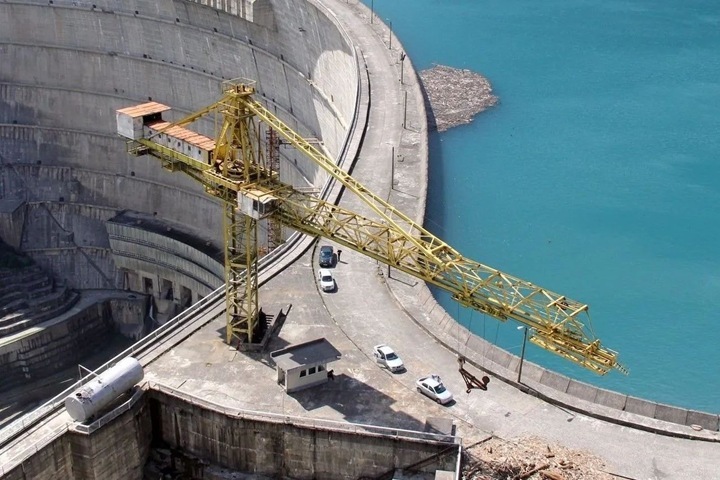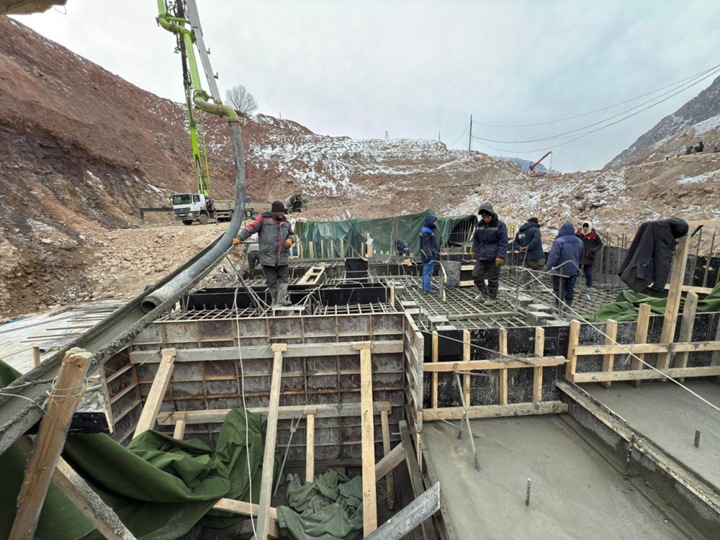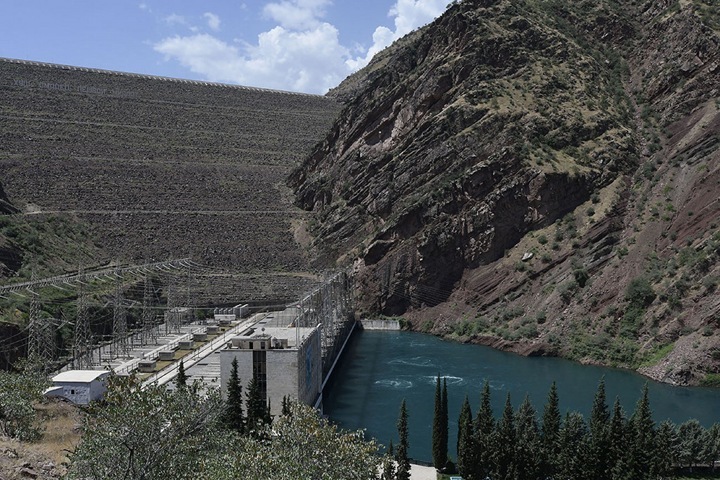In 31 years, Kazakhstan and Uzbekistan will withdraw from the Kambar-Ata HPP-1 project.
At a meeting of the Committee on the Fuel and energy complex of the Parliament of the Kyrgyz Republic, Energy Minister Taalaibek Ibraev recalled that the shares in the Kambar-Ata HPP-1 project were distributed as follows: Kyrgyzstan will own 34%, Uzbekistan and Kazakhstan — 33% each.

Deputy Zamirbek Mamasadykov asked why Kyrgyzstan was not allocated a large share — for example, 52%, leaving the rest of the countries with 24% each. The minister explained that the distribution of shares is related to the financial contribution to the project.
“The percentage of shares corresponds to their financial participation. But this does not mean that 33% of electricity will go to Uzbekistan and Kazakhstan. First of all, Kyrgyzstan will fully meet its electricity needs, and only the remaining volumes can be exported,” Ibrayev said.
Mamasadykov also expressed concern that the project could lead to a loss of control over the Naryn River. However, the minister assured that the river and land remain in the ownership of Kyrgyzstan.
“The partner countries have a stake only in the Kambar-Ata HPP-1 project. After 31 years, after the return of the invested funds, Uzbekistan and Kazakhstan will withdraw from the project, and the HPP will completely come under the control of Kyrgyzstan,” he added.
The discussion took place during the parliamentary consideration of the draft law “On ratification of the loan agreement (Project of modernization of the Dolinka substation and reconstruction of the Rechnaya substation) between the Kyrgyz Republic and the European Bank for Reconstruction and Development and grant agreement (Project of modernization of Dolinka substation and reconstruction of Rechnaya substation) between the Kyrgyz Republic, the National Electric Grid of Kyrgyzstan Open Joint Stock Company and the European Bank for Reconstruction and Development, signed on June 10, 2024 in Vienna.”


